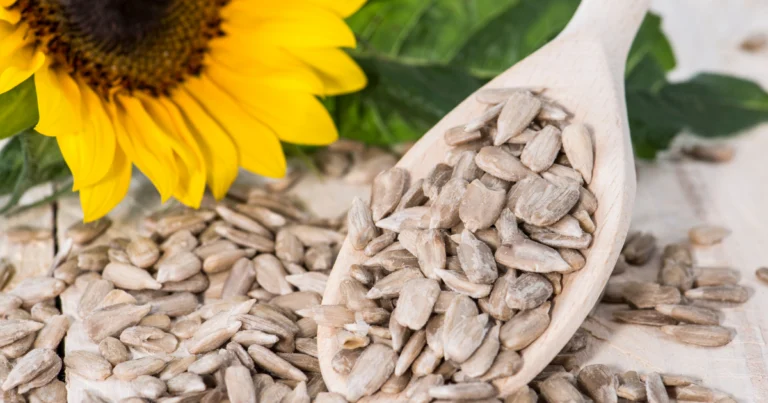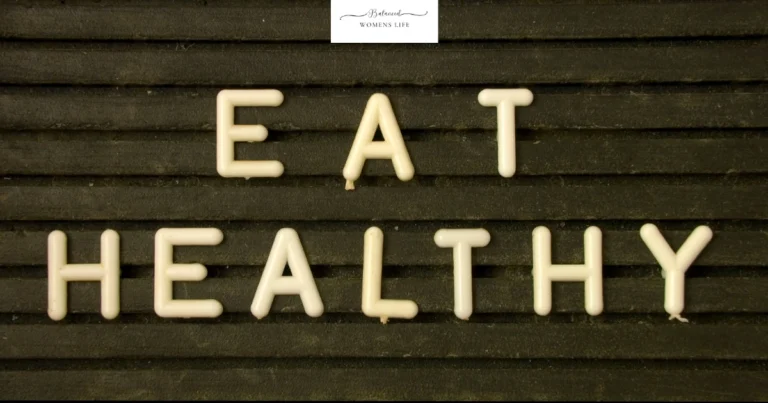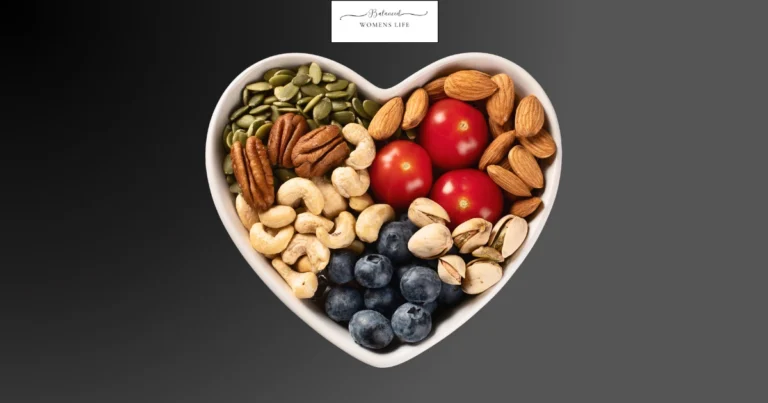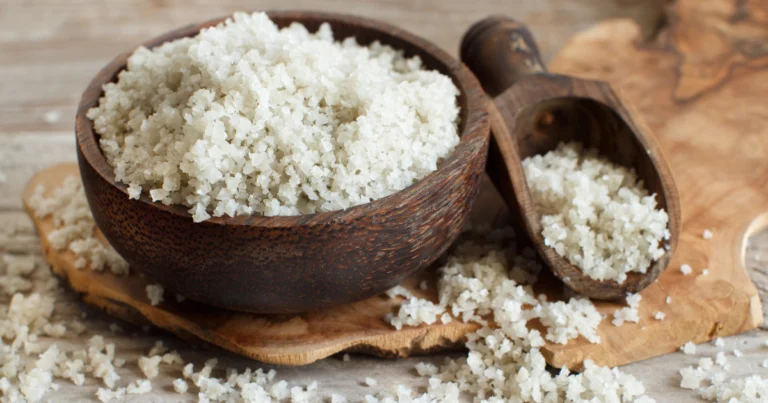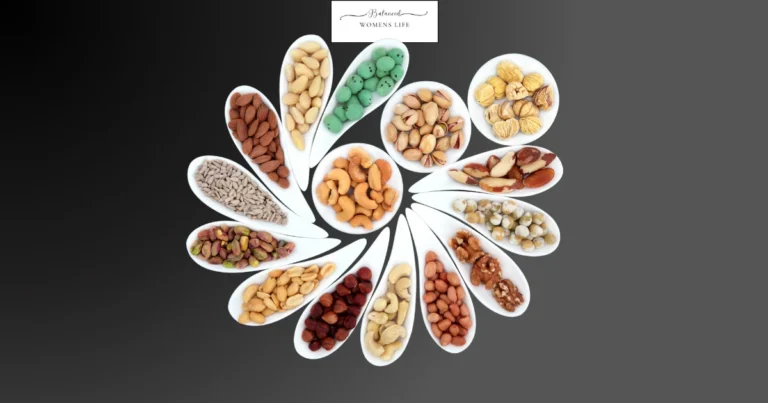Nutrients in Fiddle Heads Unveiled
Table of Contents
Nutrients in Fiddle Heads Unveiled
Fiddleheads, the young coiled fronds of ferns, are a seasonal delicacy packed with essential nutrients. Often found in North America and Asia, these greens are not only delicious but also provide numerous health benefits. In this article, we will explore the nutrients in fiddle heads, their health benefits, how they compare to other leafy greens, and answer common questions about them.
Nutritional Profile of Nutrients in Fiddle Heads
Fiddleheads are a nutrient powerhouse, offering a variety of vitamins, minerals, and antioxidants. Here is the nutritional breakdown of 100 grams (about 3.5 oz) of fiddleheads:
| Nutrient | Amount | % Daily Value (DV)* |
|---|---|---|
| Calories | 34 kcal | 2% |
| Carbohydrates | 5.7 g | 2% |
| Protein | 4.6 g | 9% |
| Fat | 0.4 g | <1% |
| Fiber | 3.6 g | 14% |
| Vitamin A | 3617 IU | 72% |
| Vitamin C | 26.6 mg | 44% |
| Iron | 1.31 mg | 7% |
| Potassium | 370 mg | 10% |
| Magnesium | 34 mg | 8% |
| Omega-3 | 120 mg | — |
| Omega-6 | 50 mg | — |
*Percent Daily Values are based on a 2,000-calorie diet.
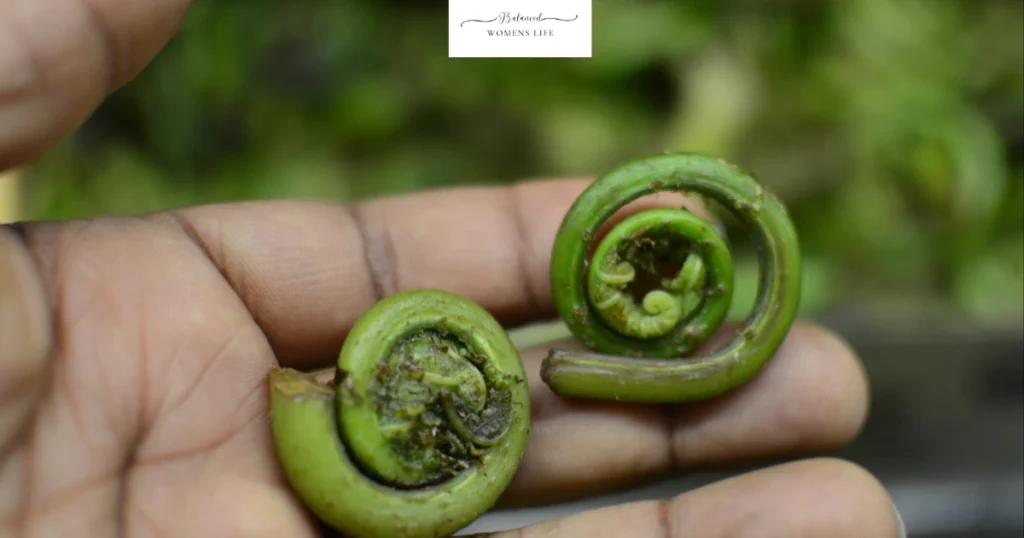
Health Benefits of Nutrients in Fiddle Heads
1. Rich in Antioxidants
Fiddleheads are loaded with Vitamin A and Vitamin C, both of which help combat oxidative stress and strengthen the immune system.
2. Supports Heart Health
With high levels of omega-3 fatty acids, fiddleheads help reduce inflammation and lower the risk of heart disease.
3. Boosts Digestive Health
Their high fiber content supports a healthy digestive system, promoting gut health and preventing constipation.
4. Strengthens Bones and Muscles
Fiddleheads provide essential magnesium, iron, and potassium, which contribute to bone density and muscle function.
5. Promotes Eye Health
The Vitamin A content in fiddleheads helps improve vision and reduce the risk of age-related eye diseases.
6. Aids in Weight Management
With only 34 calories per 100 grams, fiddleheads are an excellent low-calorie, nutrient-dense food choice for weight loss.
Comparison of Nutrients in Fiddle Heads vs. Other Leafy Greens
Fiddleheads are often compared to spinach, kale, and asparagus. Here’s how they stack up:
| Nutrient (per 100g) | Fiddleheads | Spinach | Kale | Asparagus |
|---|---|---|---|---|
| Calories | 34 kcal | 23 kcal | 49 kcal | 20 kcal |
| Protein | 4.6 g | 2.9 g | 4.3 g | 2.2 g |
| Fiber | 3.6 g | 2.2 g | 4.1 g | 2.0 g |
| Vitamin C | 26.6 mg | 28 mg | 93 mg | 5.6 mg |
| Vitamin A | 3617 IU | 9377 IU | 15376 IU | 756 IU |
| Iron | 1.31 mg | 2.71 mg | 1.6 mg | 2.1 mg |
| Potassium | 370 mg | 558 mg | 491 mg | 202 mg |
Fiddleheads hold their own against popular greens, offering a unique balance of protein, fiber, and antioxidants.
How to Incorporate Nutrients in Fiddle Heads Into Your Diet
- Steamed or Boiled: Lightly steam or boil fiddleheads to retain their nutrients while making them safe to eat.
- Stir-Fry: Toss them with garlic, olive oil, and soy sauce for a flavorful dish.
- Salads: Add cooked fiddleheads to fresh salads for an earthy, crisp texture.
- Omelettes: Mix them with eggs for a nutritious breakfast.
- Soups and Stews: Use them in broths for added nutrients.
Interesting Statistics About Nutrients in Fiddle Heads
- Canada is one of the largest producers of fiddleheads, harvesting over 1,000 metric tons annually.
- Fiddleheads contain 30% more protein than spinach, making them an excellent plant-based protein source.
- The average market price for fresh fiddleheads ranges between $5 to $15 per pound, depending on the season.
- More than 60% of people who consume fiddleheads prefer them in stir-fry dishes.
Frequently Asked Questions (FAQ) About Nutrients in Fiddle Heads
1. Are fiddleheads safe to eat raw?
No. Fiddleheads should always be cooked before eating to eliminate potential toxins and reduce the risk of foodborne illness.
2. How do you properly clean fiddleheads?
Rinse them thoroughly in cold water and remove any brown papery covering. Soaking them in water for a few minutes helps remove dirt and debris.
3. Can fiddleheads be frozen for later use?
Yes! Blanch them in boiling water for 2 minutes, then freeze them in airtight containers to preserve their freshness.
4. What do fiddleheads taste like?
They have a unique, earthy flavor with hints of asparagus and spinach, making them a great addition to various dishes.
5. How long do fresh fiddleheads last?
Stored in the refrigerator, they last about 3-5 days. It’s best to consume them as soon as possible for optimal freshness.
6. Are fiddleheads a good source of protein?
Yes! Fiddleheads contain about 4.6 grams of protein per 100 grams, which is higher than many other leafy greens.
7. Do fiddleheads contain any toxic substances?
Certain types of ferns contain toxins that can cause digestive issues, which is why it’s essential to cook fiddleheads properly before consumption.
Conclusion
Fiddleheads are a nutritional powerhouse, offering an impressive array of vitamins, minerals, and antioxidants. Whether you want to boost your immune system, support heart health, or simply enjoy a delicious seasonal vegetable, incorporating nutrients in fiddle heads into your diet can provide incredible health benefits.
By properly preparing and cooking fiddleheads, you can enjoy their unique flavor while reaping their numerous nutritional advantages. Next time you see them at the market, don’t hesitate to give them a try! 🌿



